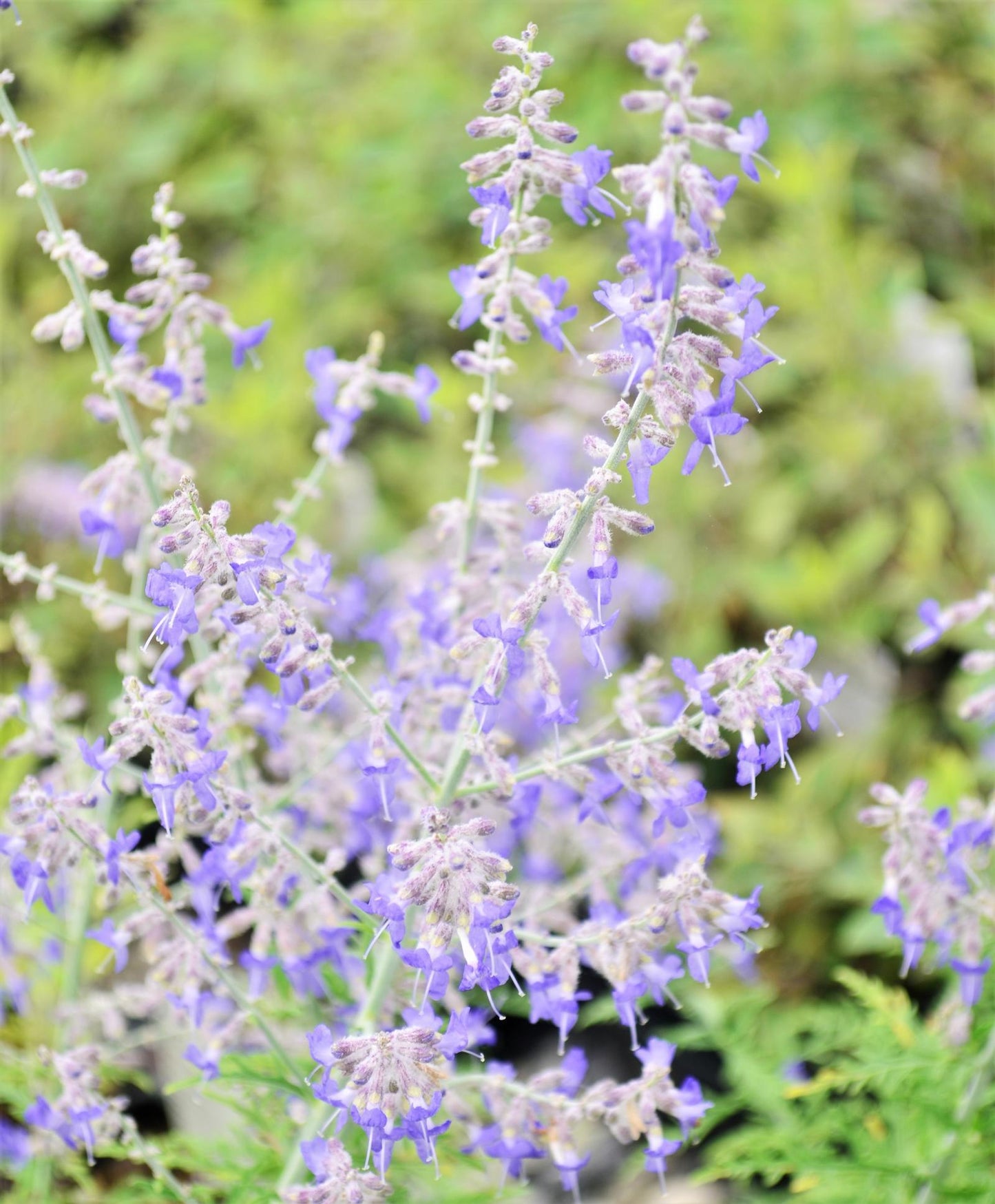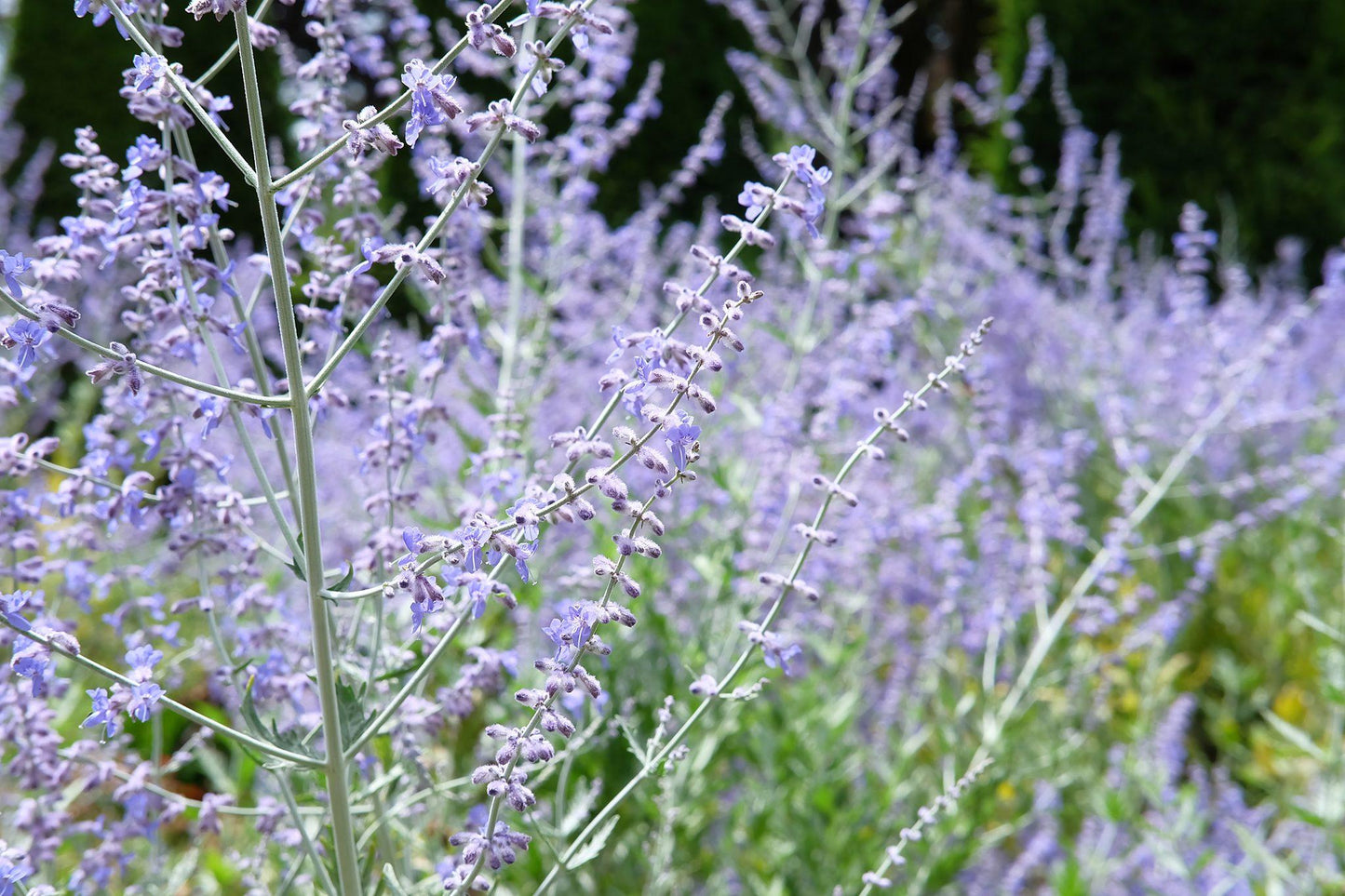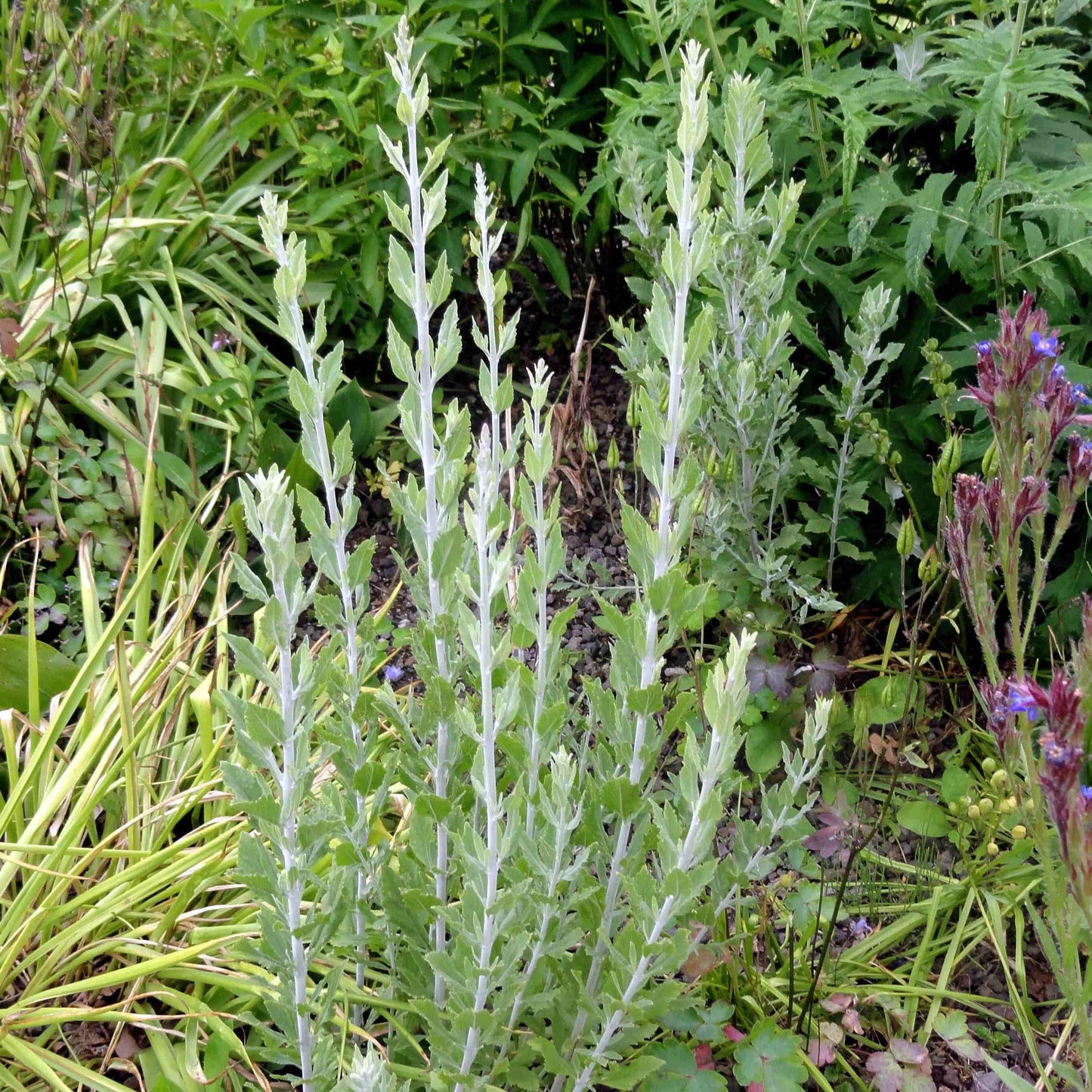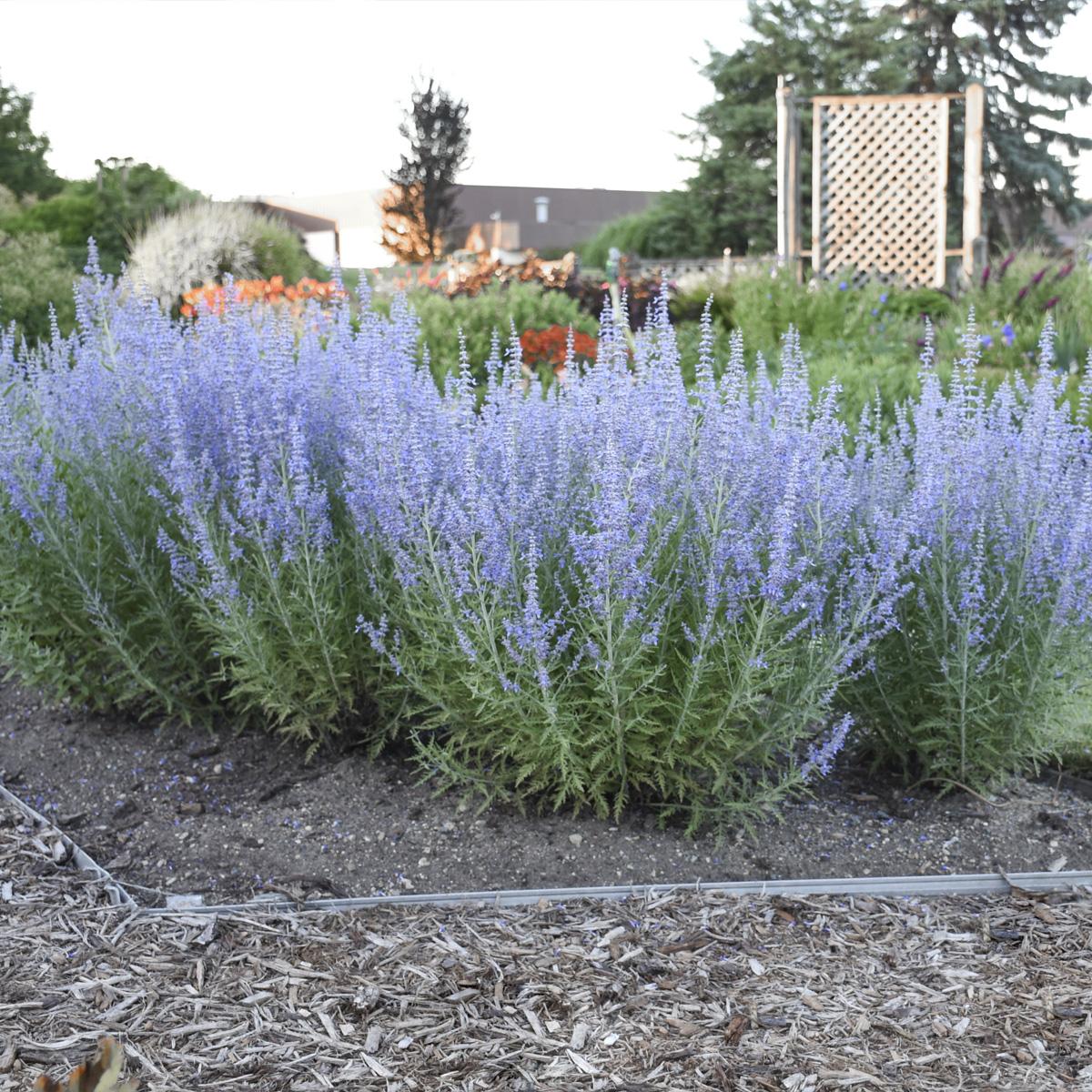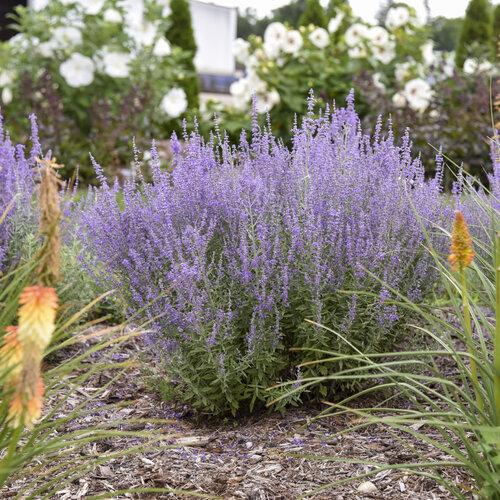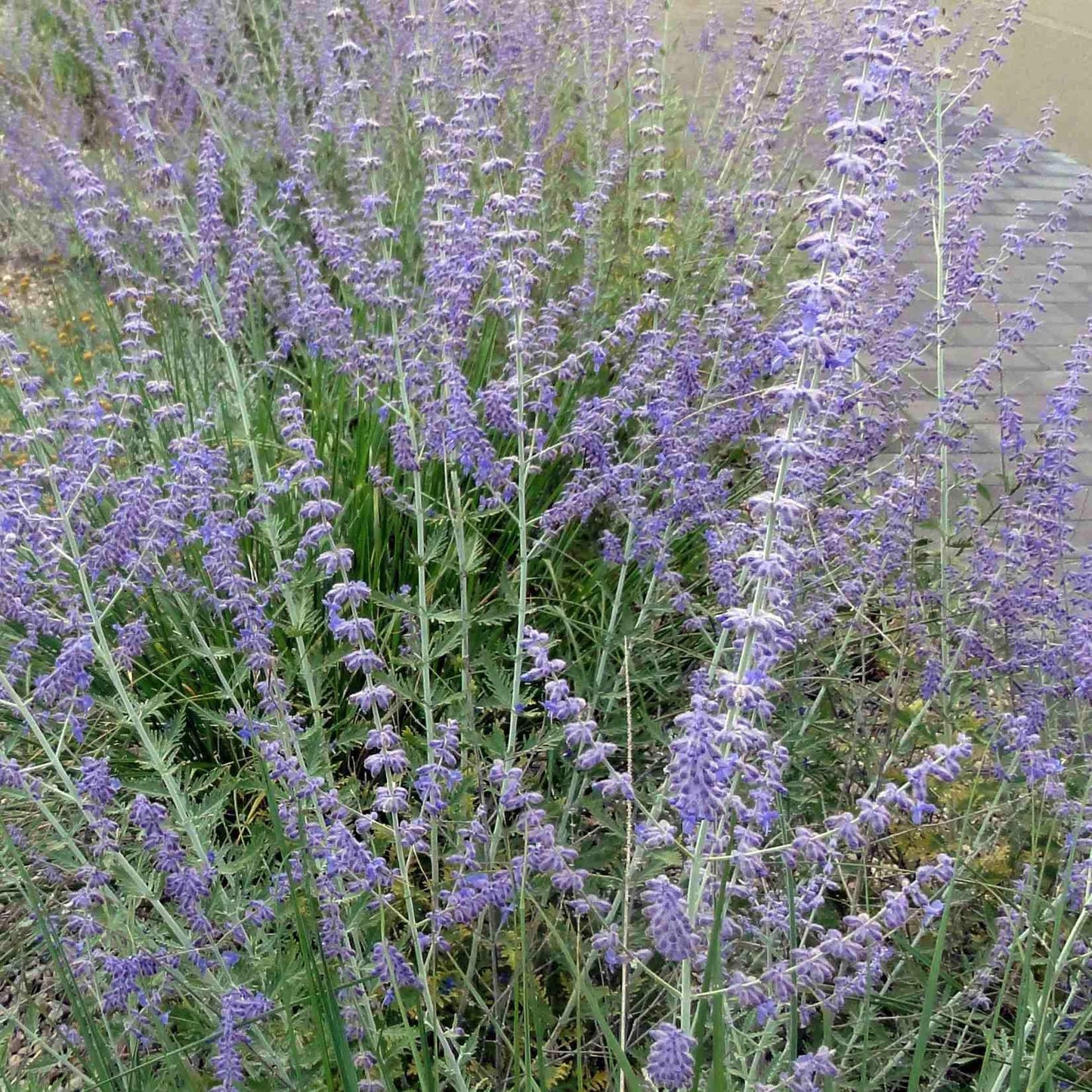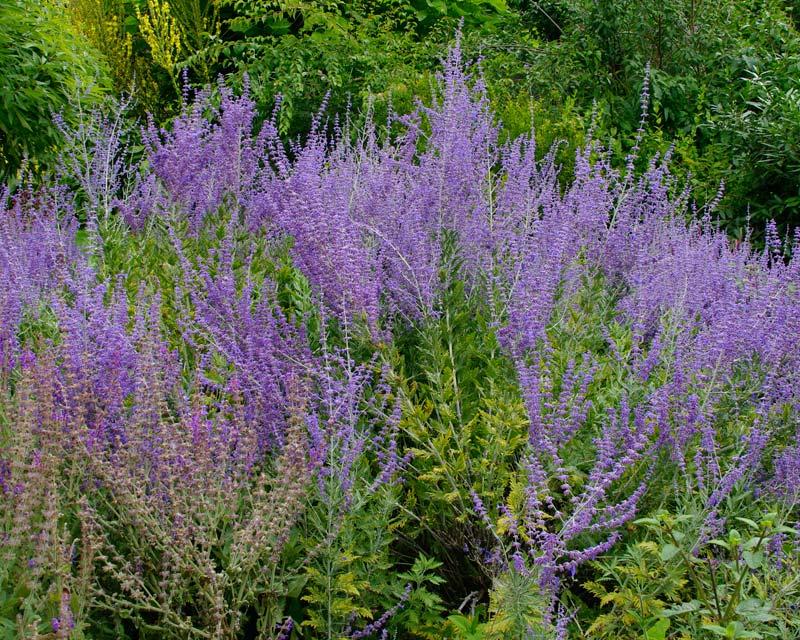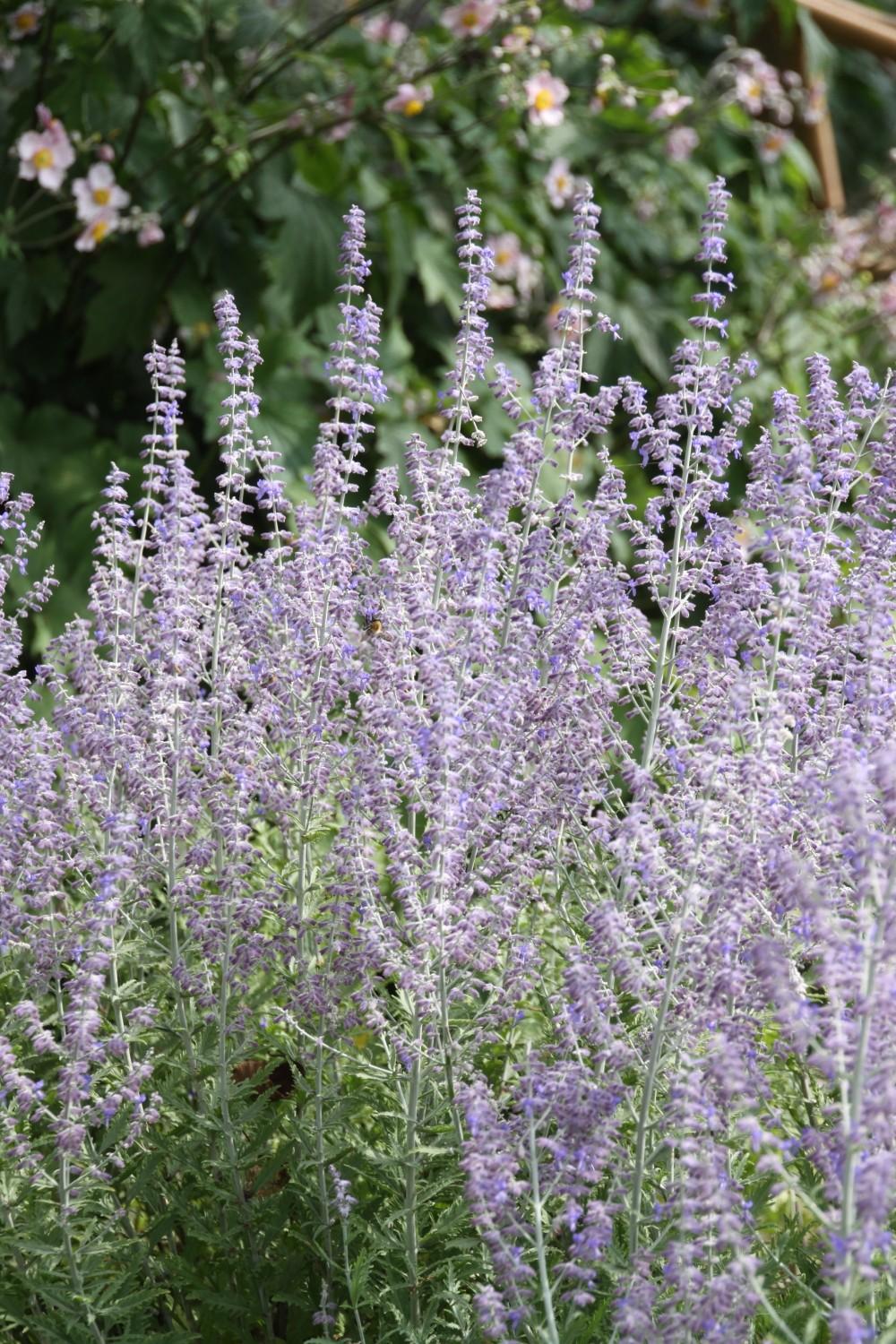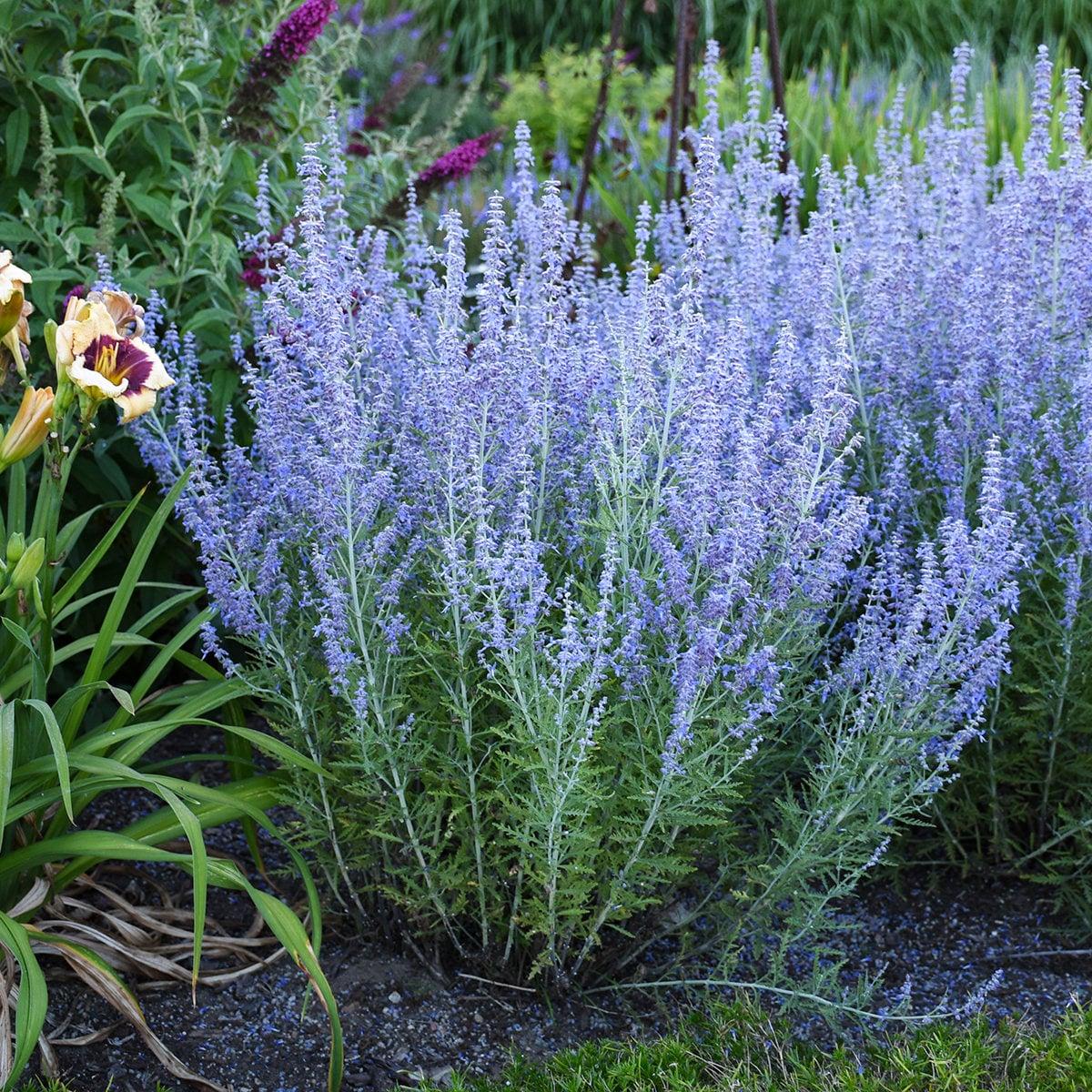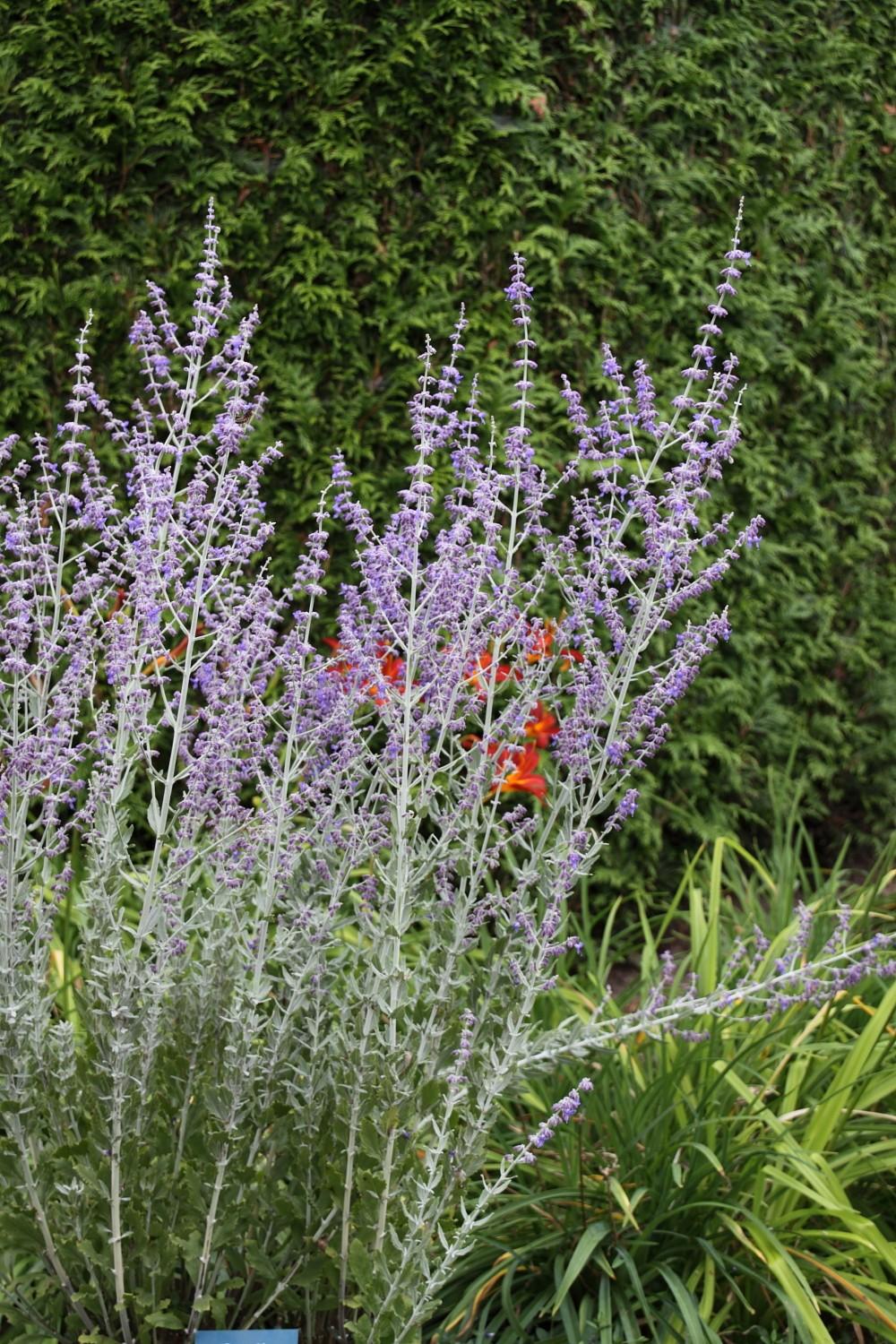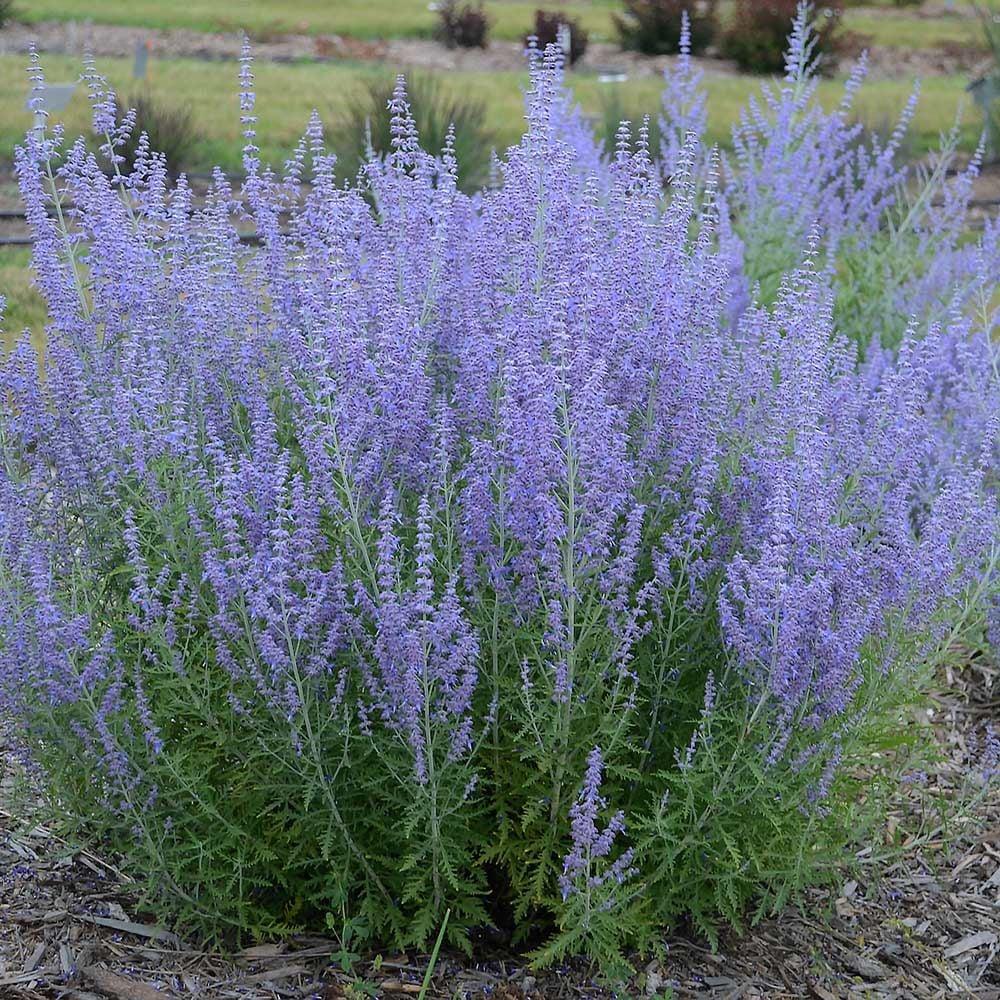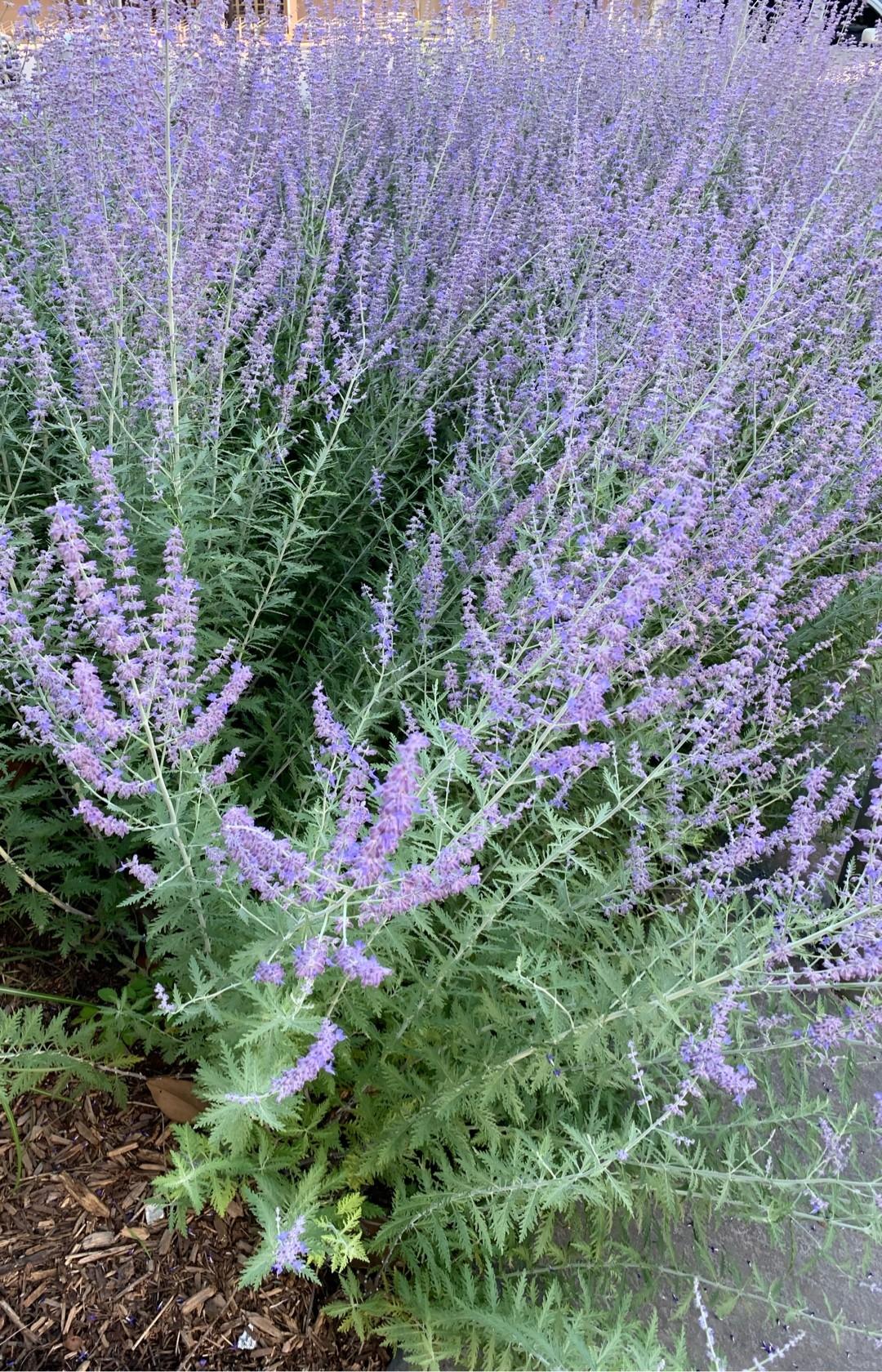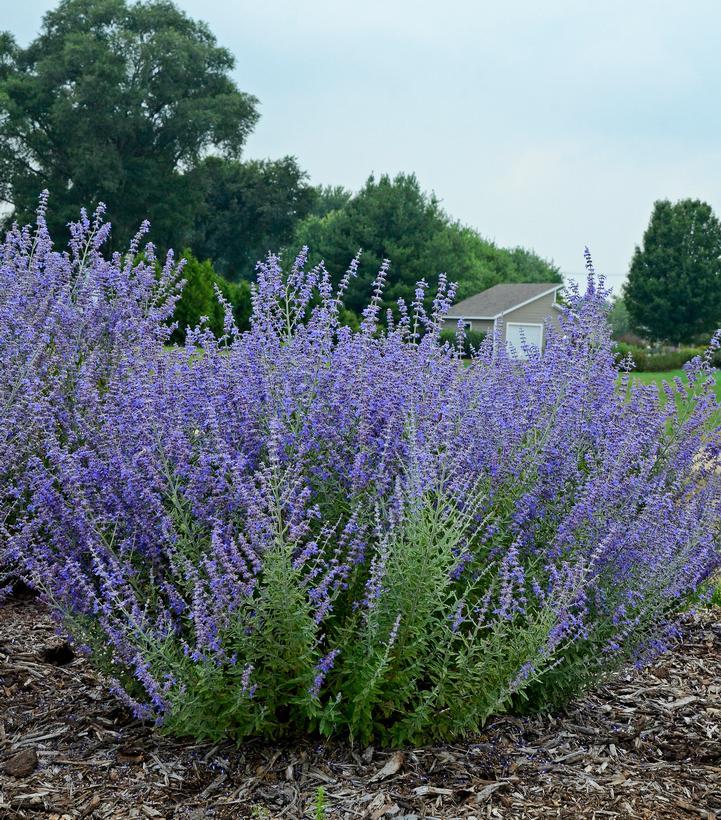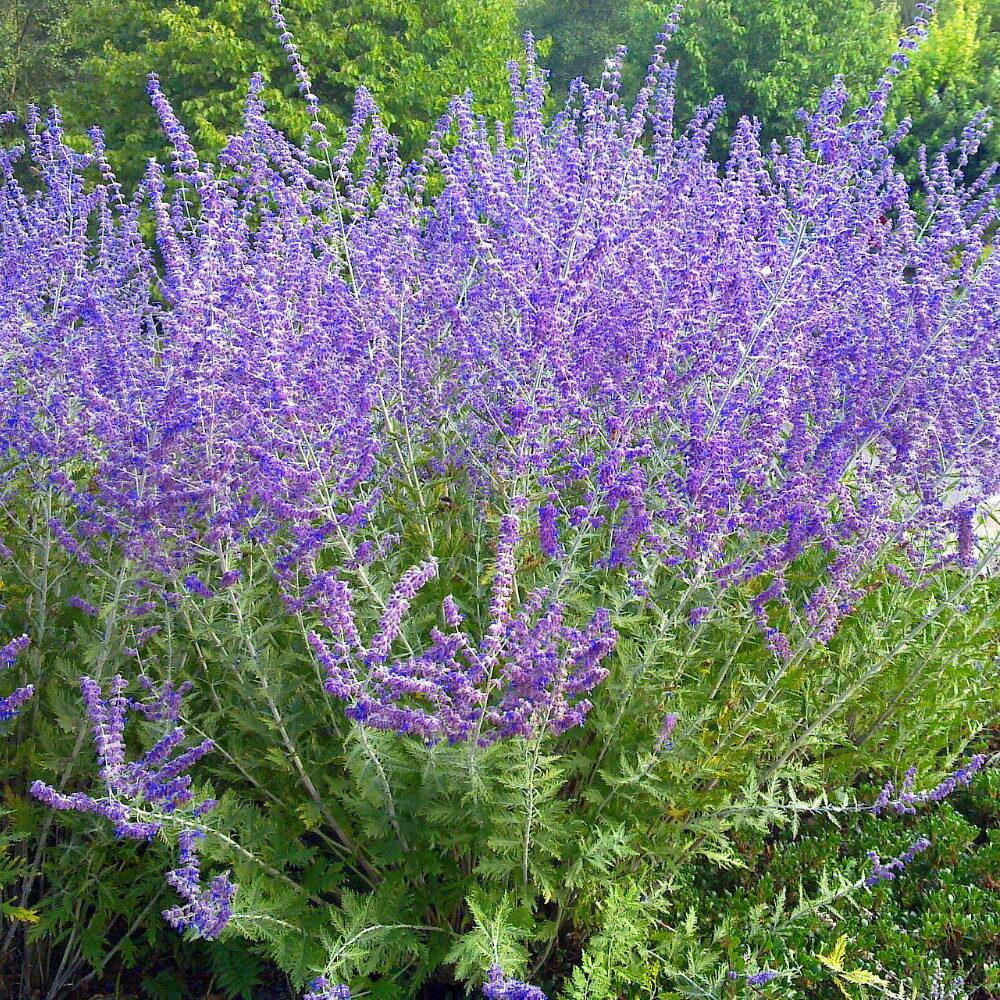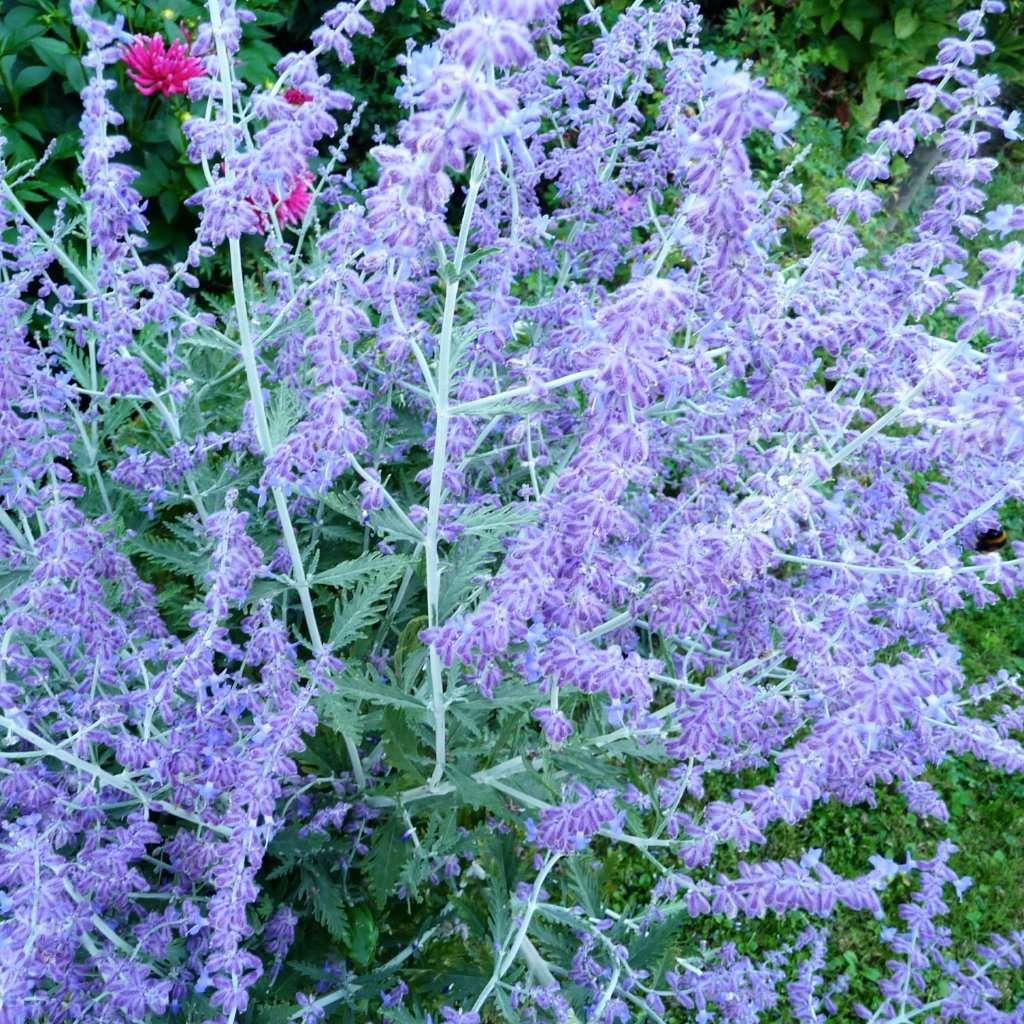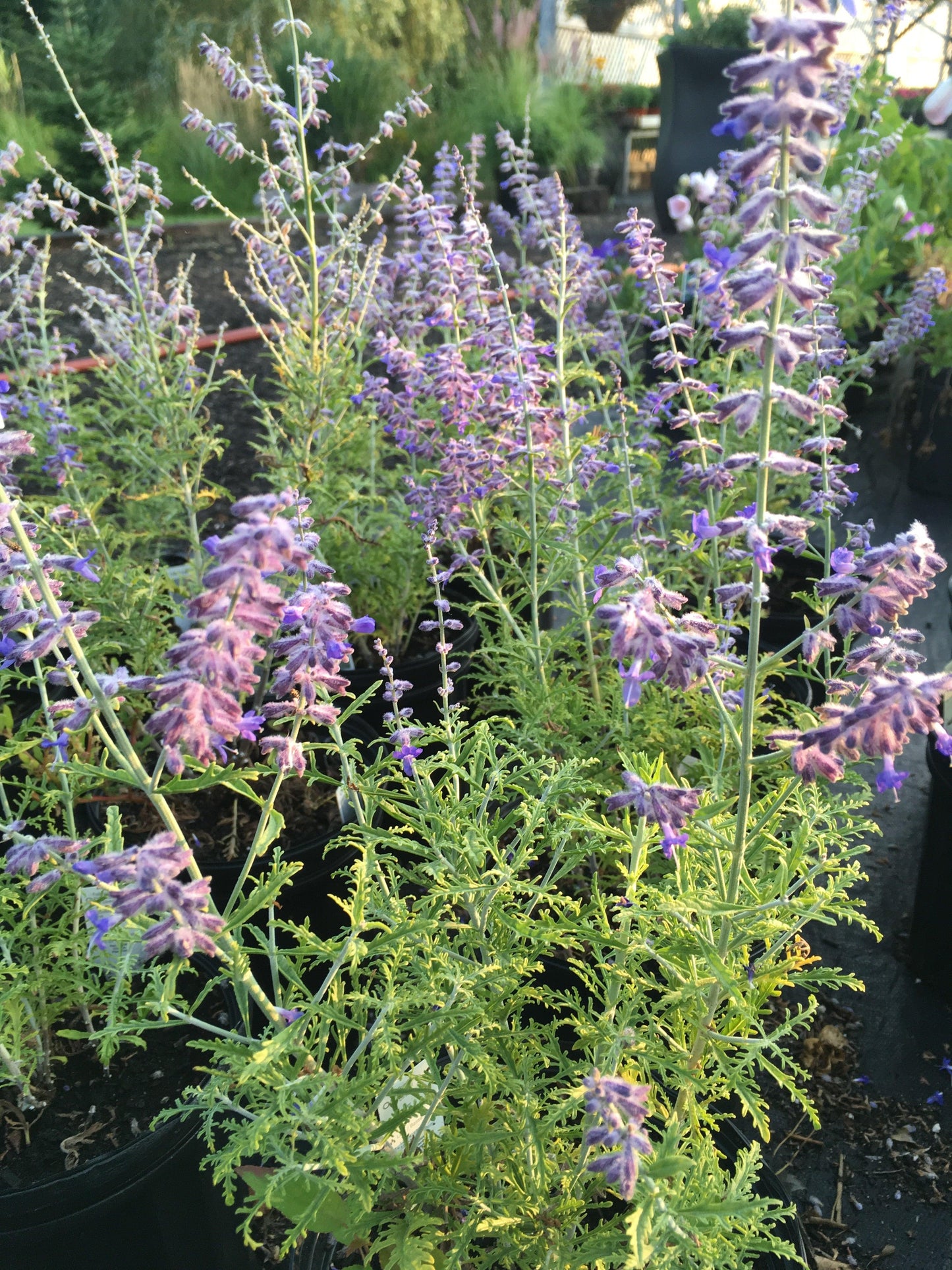1
/
of
18
Russian Sage-Perovskia atriplicifolia-Drought tolerant perennial with lavender-blue flowers 2 Gallon (Pack of 2)
Russian Sage-Perovskia atriplicifolia-Drought tolerant perennial with lavender-blue flowers 2 Gallon (Pack of 2)
Regular price
$91.99 USD
Regular price
$119.59 USD
Sale price
$91.99 USD
Unit price
/
per
Shipping calculated at checkout.
SKU:pecc0041-redcrocus
Couldn't load pickup availability
Perovskia atriplicifolia
Description
Perovskia atriplicifolia, commonly known as Russian Sage, is a deciduous perennial known for its aromatic silver-gray foliage and striking lavender-blue flowers. It creates a soft, airy presence in the garden and is valued for its long blooming period from mid-summer to fall.
Suggested Uses
Russian Sage is ideal for borders, cottage gardens, and xeriscaping. It can be used as a backdrop for shorter plants or as a focal point in mixed perennial beds. Its drought tolerance makes it suitable for low-water landscapes.
Plant Details
-
 Botanical Name: Perovskia atriplicifolia
Botanical Name: Perovskia atriplicifolia -
 Common Name: Russian Sage
Common Name: Russian Sage -
 Size & Growth: 3-5 feet tall and wide
Size & Growth: 3-5 feet tall and wide -
 Hardiness Zones: 4-9
Hardiness Zones: 4-9 -
 Foliage Type: Deciduous
Foliage Type: Deciduous -
 Bloom Time: Mid-summer to fall
Bloom Time: Mid-summer to fall -
 Growth Rate: Moderate
Growth Rate: Moderate -
 Light Requirements: Full sun
Light Requirements: Full sun -
 Attracts Pollinators: Yes, attracts bees and butterflies
Attracts Pollinators: Yes, attracts bees and butterflies -
 Indoor Friendly: No
Indoor Friendly: No -
 Container Friendly: Yes
Container Friendly: Yes -
 Deer Resistant: Yes
Deer Resistant: Yes -
 Pet Warning: Non-toxic to pets
Pet Warning: Non-toxic to pets -
 Fragrant: Yes, aromatic foliage
Fragrant: Yes, aromatic foliage -
 Cut Flower: Yes
Cut Flower: Yes -
 Grows Well With: Echinacea, Salvia, and ornamental grasses
Grows Well With: Echinacea, Salvia, and ornamental grasses
Care Tips
-
 Planting Instructions: Plant in well-drained soil in a sunny location
Planting Instructions: Plant in well-drained soil in a sunny location -
 Soil Moisture: Allow soil to dry between waterings
Soil Moisture: Allow soil to dry between waterings -
 Soil Type: Well-drained, sandy or loamy soil
Soil Type: Well-drained, sandy or loamy soil -
 Humidity: Tolerates dry conditions
Humidity: Tolerates dry conditions -
 Pruning Instructions: Prune in late winter or early spring to encourage new growth
Pruning Instructions: Prune in late winter or early spring to encourage new growth -
 Winter Care: Mulch in colder zones to protect roots
Winter Care: Mulch in colder zones to protect roots -
 Planting Depth: Plant at the same depth as in the nursery pot
Planting Depth: Plant at the same depth as in the nursery pot -
 Fertilization: Minimal fertilization needed; use a balanced fertilizer in spring if desired
Fertilization: Minimal fertilization needed; use a balanced fertilizer in spring if desired -
 Special Care: Avoid overwatering; ensure good air circulation to prevent fungal diseases
Special Care: Avoid overwatering; ensure good air circulation to prevent fungal diseases
Share
